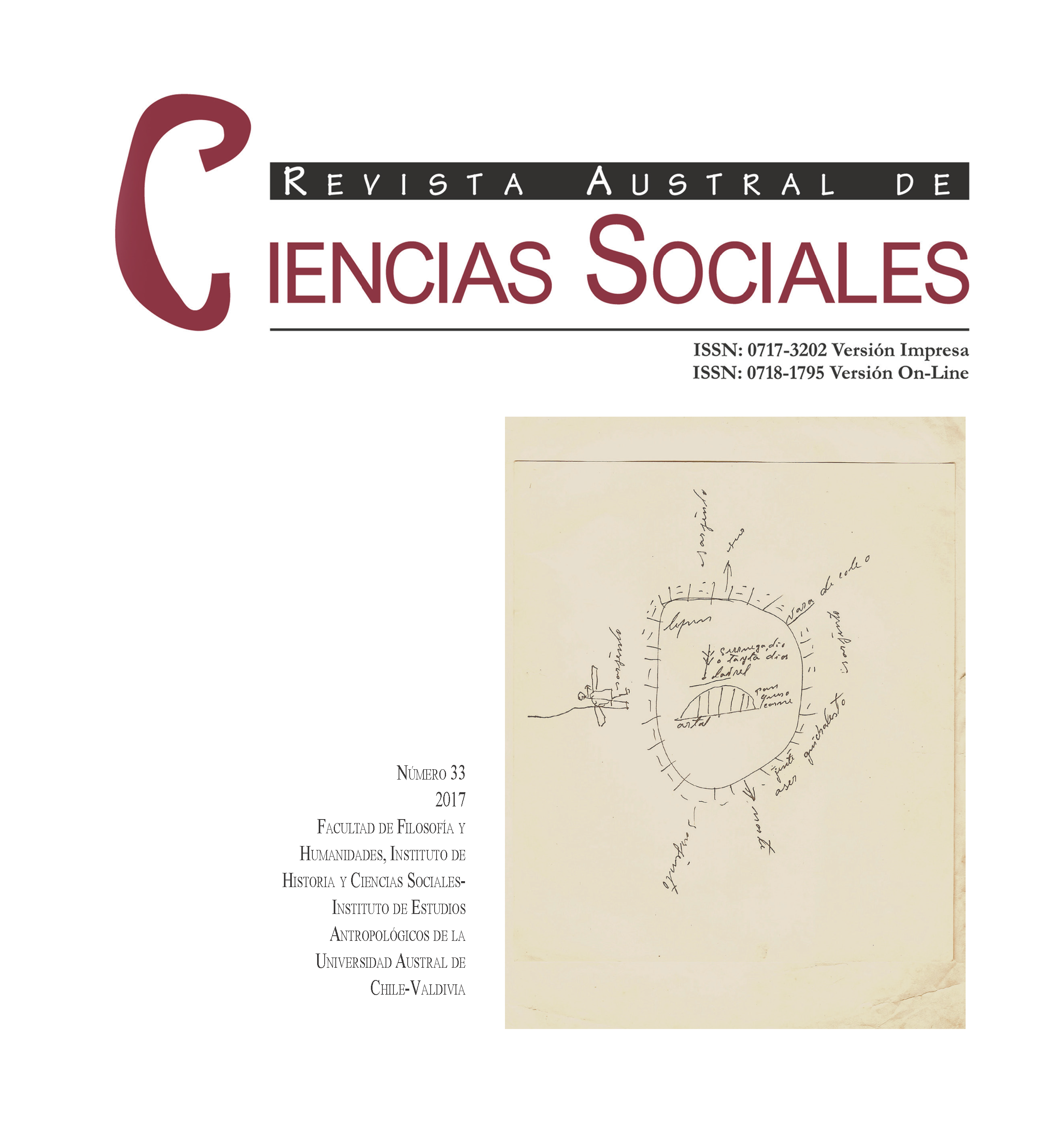Indigenous cultural heritage: rankülche representations and practices in “Pueblo Ranquel” (Argentina)
Main Article Content
Abstract
“Pueblo Ranquel” is a settlement of rankülche people descendants, located in the province of San Luis, Argentina. It was developed by the provincial government as part of acknowledgement actions to indigenous peoples during the first decade of the twentyfirst century. These measures included the restitution of land and the building of a village for these new settlers –self-identified as rankülches– who used to live scattered in provincial urban centres. In this new scenario, indigenous traditional practices and meanings linked to the landscape are activated and revitalized, which has contributed in building a Rankülche cultural heritage unparalleled in the region. In this sense, the aim of this article is to analyze, through an ethnographic approach, the ethnic experiences put into practice in this context, in order to argue and reflect on the particularities of this identity re-emergence and recreation process.

